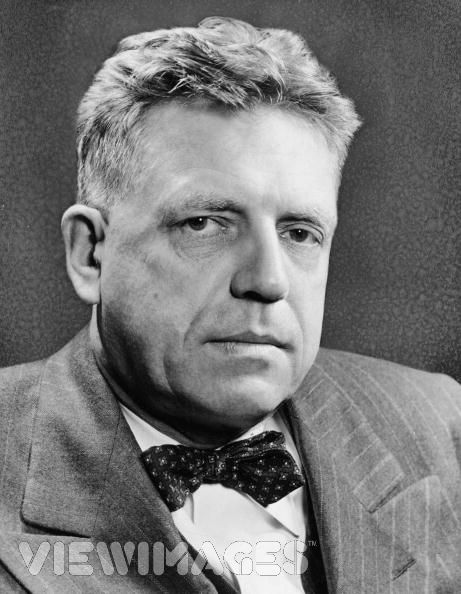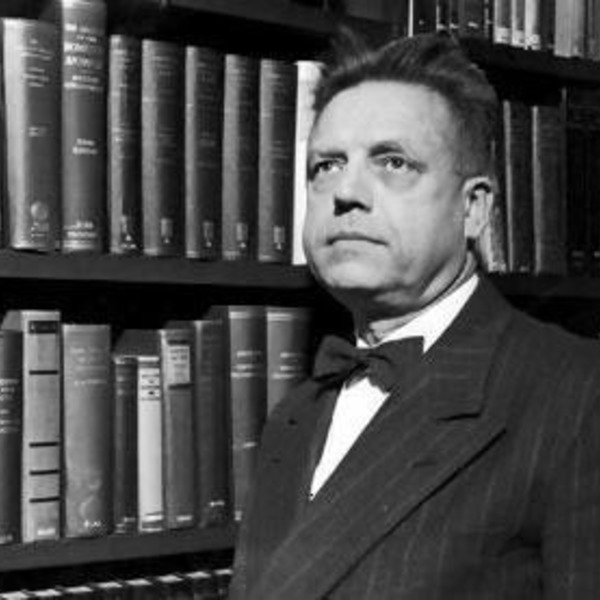

Human Sexual Response outlined the researchers’ findings, which included categorisations of the four stages of sexual arousal (excitement, plateau, orgasmic and resolution), recognition that women could have multiple orgasms and proof that sexual libido can endure into old age. Though written in intentionally formal, academic language – to abate accusations that it was anything other than a work of science – the book became a bestseller. The research duo’s first book, Human Sexual Response, was published in 1966 to both outrage and fanfare. Masters and Johnson’s research involved monitoring responses to sexual stimulation, including using heart monitors, measuring neurological activity and using cameras, sometimes internally. How did Masters and Johnson collect data? This combination would prove invaluable during their research endeavours: Johnson was apparently a reassuring presence for subjects enduring incredibly intimate, and at times invasive, scientific scrutiny. Over the following decades, Masters and Johnson conducted wide-ranging studies into human sexuality, initially with a particular focus on physiological sexual responses, disorders and both female and elderly sexuality.Īccounts of Masters and Johnson’s early dynamic typically paint Masters as a driven, focused academic and Johnson as a sympathetic ‘people person’. He had commenced research studies into sex two years earlier, in 1954, and Johnson joined his team as a research associate.

When William Masters met Virginia Johnson in 1956, he was employed as a gynaecologist by the medical faculty of Washington University, St Louis. Who had the very first boob job? Why were women injecting liquid paraffin into their chests? And, how has the procedure developed over time? Listen Now Starting their studies Studies into the physiological mechanics of sex at the time were at best superficial and at worst non-existent or shaped by misconceptions. But his work, while important, was primarily concerned with behaviour, touching on attitudes to sex and fetishes. That said, Masters and Johnson were preceded by Alfred Kinsey, a biologist and sexologist who published reports on sexuality in the 1940s and 1950s. As such, scientific research into human sexuality was typically limited in scope and greeted with suspicion. When Masters and Johnson commenced their studies in the 1950s, sex was still considered a taboo subject by large swathes of the public and indeed many scientists and academics. Their 1970s and 1980s studies on homosexuality, for example, sensationalised the AIDS crisis and perpetuated myths about the transmission of HIV.įrom pioneering the field of sexology to courting controversy, here’s the story of Masters and Johnson.

Masters and Johnson’s later work, however, was plagued by falsehoods. Their work proved both controversial and highly influential, feeding into the ‘sexual revolution’ of the 1960s and correcting widespread misconceptions about sexual stimulation and dysfunction, particularly amongst women and the elderly.

Alfred kinsey controversy series#
Masters and Johnson’s sex studies, which inspired the popular Showtime series Masters of Sex, began in the 1950s and involved monitoring subjects’ responses to sexual stimulation under lab conditions. Though initially research partners, they married in 1971 but eventually divorced in 1992. Johnson – better known as Masters and Johnson – were trailblazing sexologists who conducted research into the physiology of sex in the 20th century, earning widespread fame in the 1960s.


 0 kommentar(er)
0 kommentar(er)
